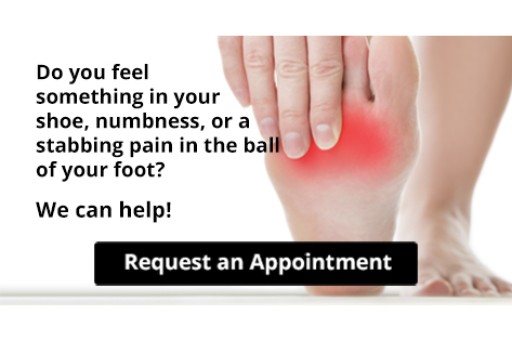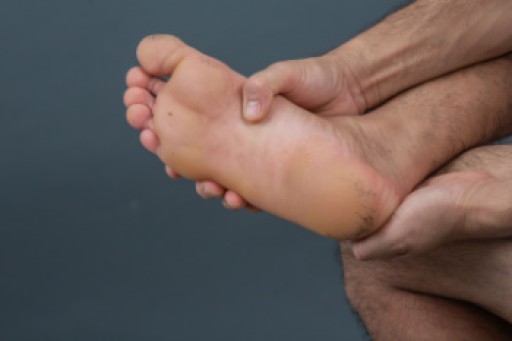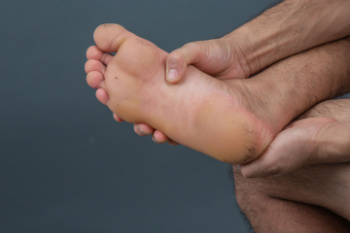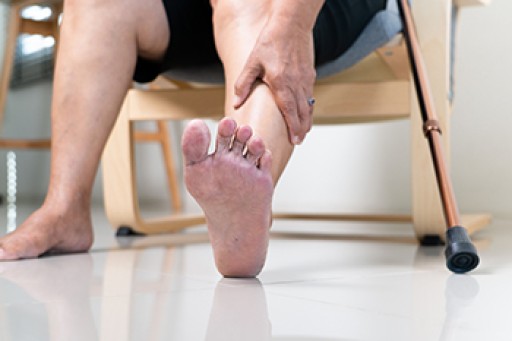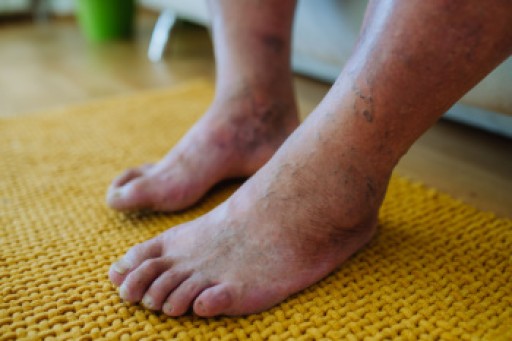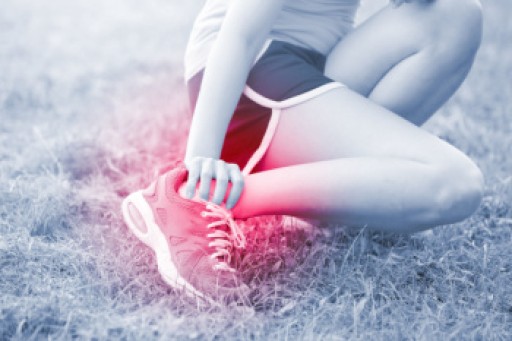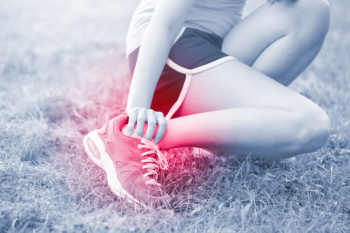
Running is a fantastic way to stay fit, but it comes with risks, particularly for the feet and ankles. With a complex network of bones and joints, these areas are prone to injury. One common ailment is plantar fasciitis, characterized by sharp pain in the heel or arch. Ankle sprains, caused by twisting or rolling the ankle, are also prevalent among runners, leading to swelling and instability. Morton's neuroma, a nerve condition, manifests as a sharp, burning pain in the ball of the foot. Given the intricacies involved, if you run for fun or sport, and you have sustained a foot or ankle injury or desire guidance, it is suggested that you schedule an appointment with a podiatrist who can provide valuable insights into footwear selection, running techniques, and personalized treatment plans for injuries.
Ankle and foot injuries are common among athletes and in many sports. They can be caused by several problems and may be potentially serious. If you are feeling pain or think you were injured in a sporting event or when exercising, consult with one of our podiatrists from Advanced Foot & Ankle Medical Center . Our doctors will assess your condition and provide you with quality foot and ankle treatment.
Common Injuries
The most common injuries that occur in sporting activities include:
- Achilles Tendonitis
- Achilles Tendon Rupture
- Ankle Sprains
- Broken Foot
- Plantar Fasciitis
- Stress Fractures
- Turf Toe
Symptoms
Symptoms vary depending upon the injury and in some cases, there may be no symptoms at all. However, in most cases, some form of symptom is experienced. Pain, aching, burning, bruising, tenderness, tightness or stiffness, sensation loss, difficulty moving, and swelling are the most common symptoms.
Treatment
Just as symptoms vary depending upon the injury, so do treatment options. A common treatment method is known as the RICE method. This method involves rest, applying ice, compression and elevating the afflicted foot or ankle. If the injury appears to be more serious, surgery might be required, such as arthroscopic or reconstructive surgery. Lastly, rehabilitation or therapy might be needed to gain full functionality in the afflicted area. Any discomfort experienced by an athlete must be evaluated by a licensed, reputable medical professional.
If you have any questions, please feel free to contact our office located in Thousand Oaks, CA . We offer the newest diagnostic and treatment technologies for all your foot care needs.

